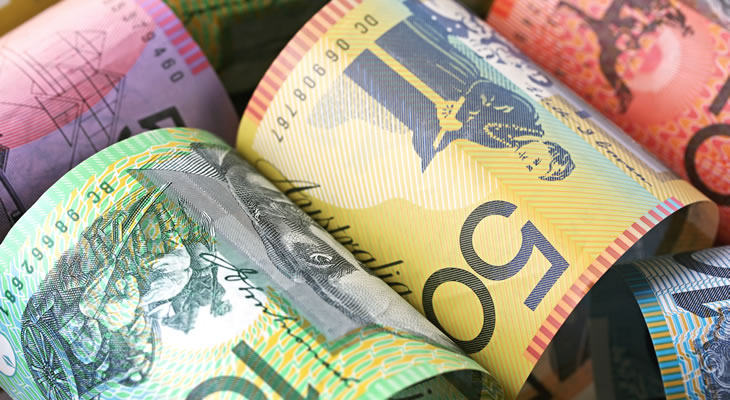Last week saw the Pound to Australian Dollar exchange rate vary by more than six cents.
With the Pound continuing the feel the full force of the uncertainty clouding the UK’s European Union referendum, the GBP/AUD rate has seen continued decline, in line with the past month’s downtrend.
As the polls show a closer result than ever, the fear of the unknown is corralling traders into offsetting further volatility in the Pound as GBP volatility reaches a two week peak.
Last Thursday saw a slight rise in the GBP/AUD exchange rate as reports showed Chinese growth slowing, affording the antipodean currency a sizable depreciation against the Pound.
The GBP/AUD exchange rate currently rests at 1.9126, a far cry from May’s height of 2.0477.
UK ‘Brexit’ Polls Continue to Dominate Forex Sentiment
With the UK’s referendum on its EU membership drawing ever closer (the vote is now less than two weeks away), polls showing a neck and neck result have only served to cloud the issue further. Rising uncertainty has caused traders to double their net amount of short positions regarding the Pound as expectations of further Sterling deprecation are high.
Positive UK market data attempted to offset the damage caused by ‘Brexit’ concerns with little avail. However, Thursday’s narrowing of the UK’s visible trade deficit afforded a small boost to GBP/AUD amid its continued slide, yet was proven to not be enough to stem further decreases.
Even amidst positive data, it is still clear that the biggest impactor on Pound Sterling (GBP) exchange rates will continue to be public sentiment surrounding the EU Referendum as polls once again show their weight.
Gold’s Four-Week High Lifts Overvalued Australian Currency (AUD)
As a new week of trading began the Australian Dollar showed resilience in the face of mixed Chinese data, with AUD holding steady against peers like the Pound after the reports were published. While Chinese Retail Sales printed below forecasts in May, industrial production in the world’s second largest economy matched forecasts.
Today the ‘Aussie’ Dollar managed to rally against the Pound, with the GBP/AUD exchange rate falling from a height of 1.93 all the way down to 1.90 at its lowest. This Australian Dollar appreciation occurred largely due to an increase in the price of gold, with the price of the commodity achieving a four-week high, and those recent reports which point to some semblance of stability in the Chinese economy.
GBP Forecast: Influential UK Data Releases Could Inspire Slight Pound Increase
Later in the week the Bank of England (BoE) is due to announce whether it will be adjusting interest rates. Ahead of the announcement, a number of fairly influential reports from the UK and Australia are set for release too.
Tuesday will see the release of UK inflation data which is forecast to increase marginally and edge slightly closer to the BoE’s 2% target. The results of this data release are expected to affect the BOE’s outlook regarding future rate decisions.
UK employment data is also due out this week and average weekly earnings are expected to decrease, a result with the potential to exacerbate the Pound’s recent slide. However, if figures manage to trump expectations a small boost may be seen.
The Pound’s value continues to be tied tightly to public emotion surrounding the ‘Brexit’ vote as more polls threaten to increase Sterling volatility.
The only impactful data from the Oceanic region comes in the form of Australian Unemployment statistics. Forecasts point to a decrease in unemployment which could mean an increase in consumer spending within the Australian economy, prompting a tiny boost for the already overvalued ‘Aussie’. Other movement may come from the release of Australia’s consumer inflation expectation and business confidence reports. An increase in business confidence could point to a stronger Australian economy and an increase in inflation expectations could pave the way for far-future RBA benchmark interest rate hikes.


Comments are closed.